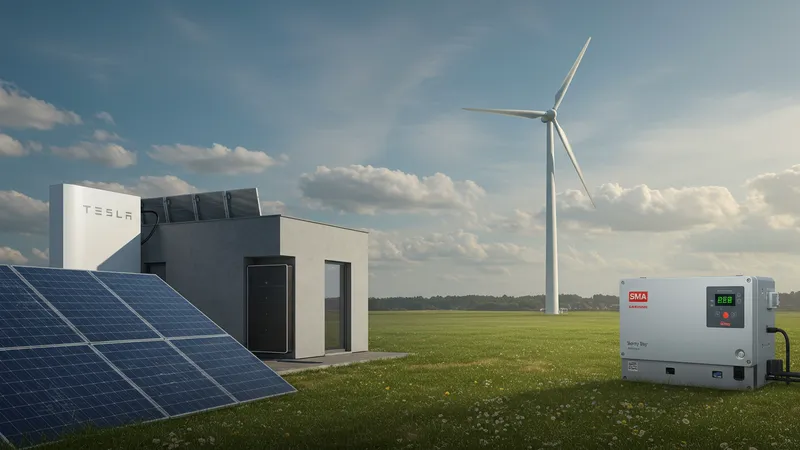
Renewable Energy & Green Technologies: Powering A Sustainable Future
Comparing Renewable Solutions for Sustainable Power
When weighing the effectiveness of Tesla Powerwall, Vestas wind turbines, and SMA Sunny Boy inverters, the specific demands of a region take center stage. Battery storage is crucial in areas without a stable grid, allowing homes to capture and use solar energy regardless of weather or time-of-use pricing. In contrast, wind turbines are ideal for communities situated in consistently windy corridors, turning natural breezes into vast amounts of electricity day and night.

Solar inverters play their own pivotal role. In areas abundant in sunlight, they ensure that every ray captured by solar panels is efficiently transformed into usable energy. Their digital controls allow users to diagnose performance issues instantly or tweak settings to maximize output. The importance of these devices only grows as residential solar systems become more widespread and interconnected.
Integrating these green technologies also raises important questions about cost, access, and maintenance. While premium solutions like the Tesla Powerwall require an upfront investment, long-term savings from energy independence and reduced utility bills make them competitive. Wind turbine projects, though capital-intensive, often benefit from national incentives and economies of scale, reducing the cost of renewable energy production on a per-kilowatt-hour basis.
Innovative combinations of storage, wind, and solar are enabling municipalities to design power systems that balance supply and demand dynamically. As energy players increasingly combine these technologies, entire networks are becoming more adaptive, stable, and eco-friendly—accelerating the move to a future where sustainable power is the norm, not the exception.